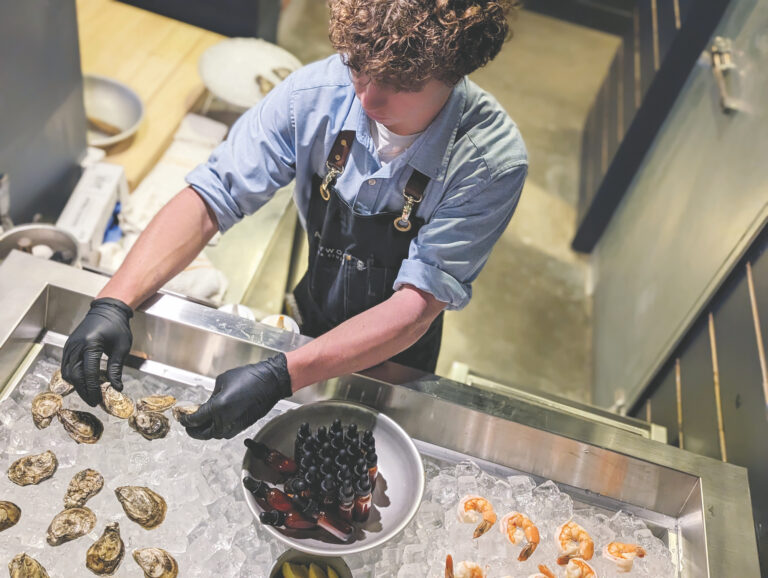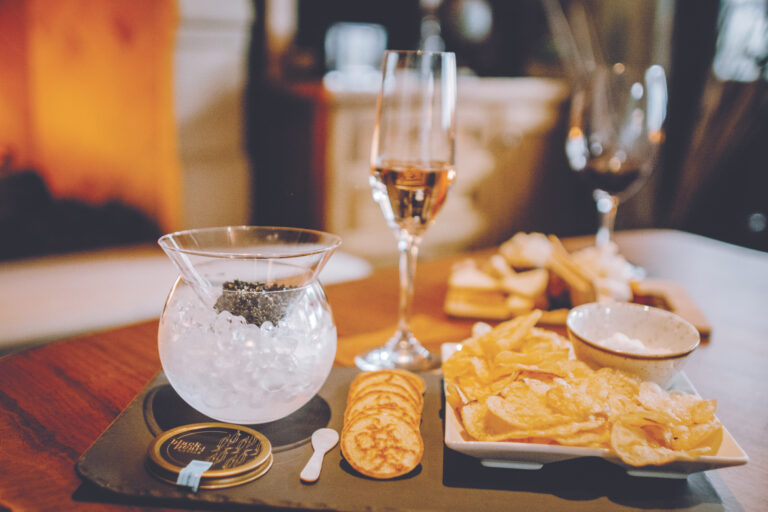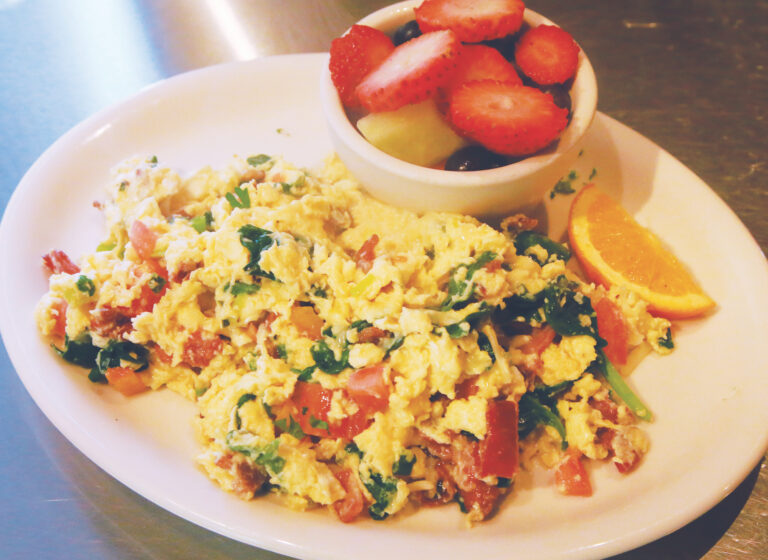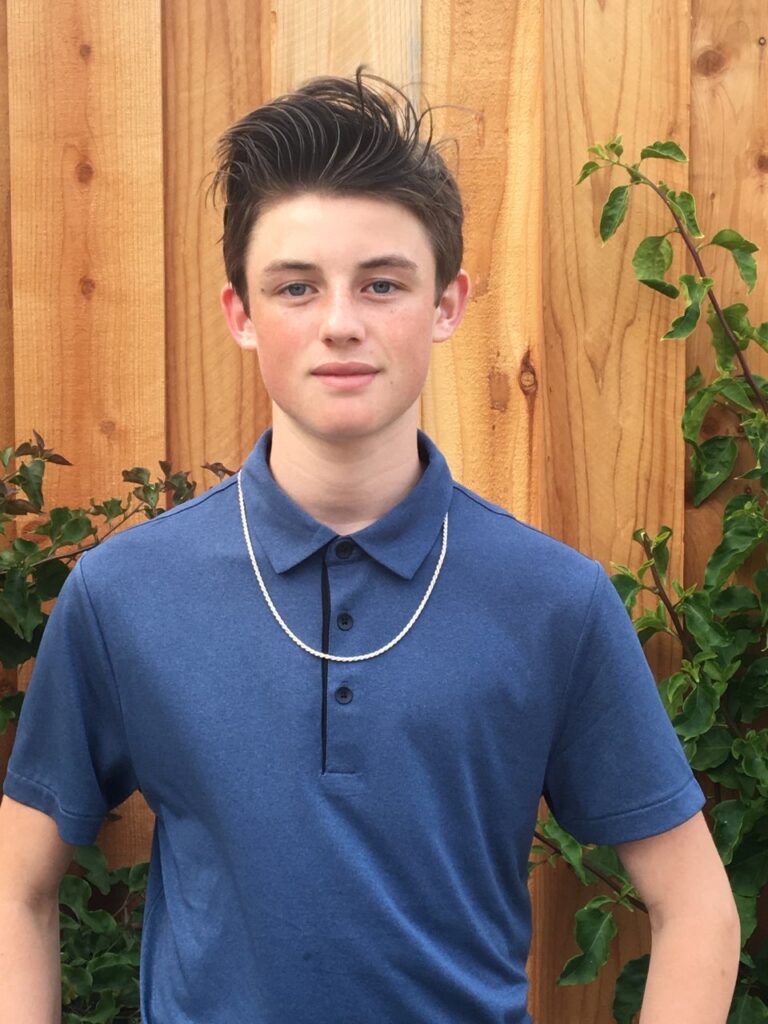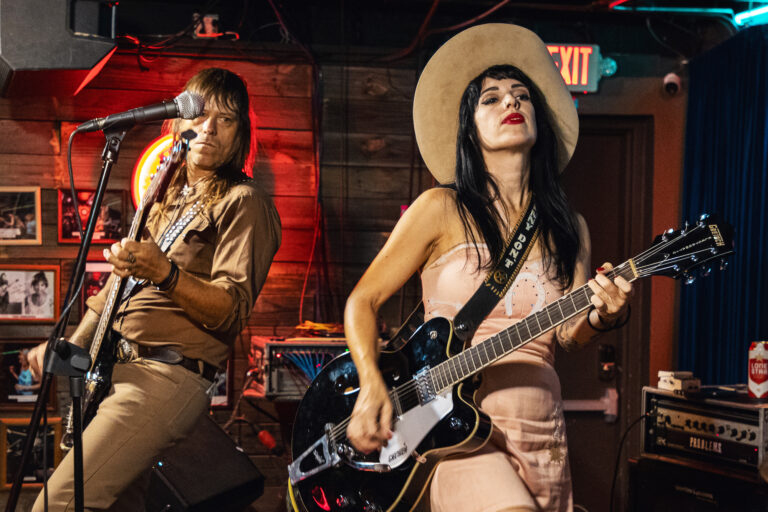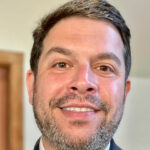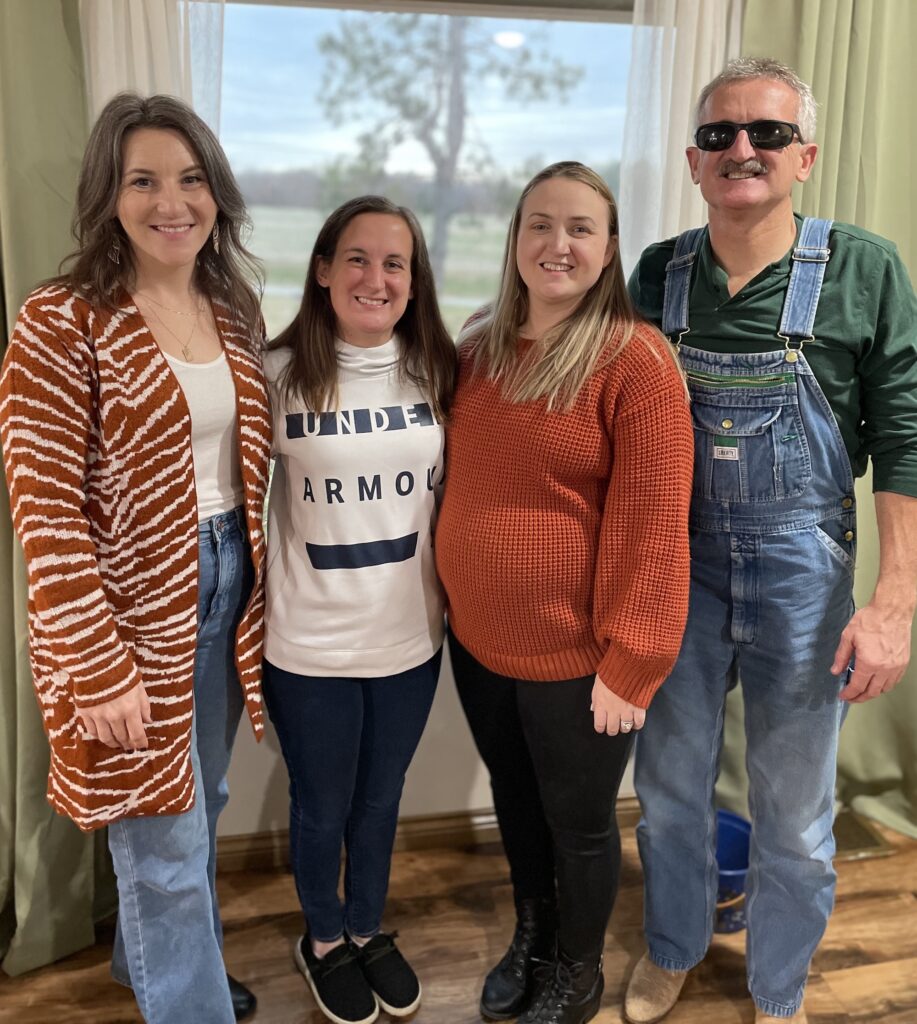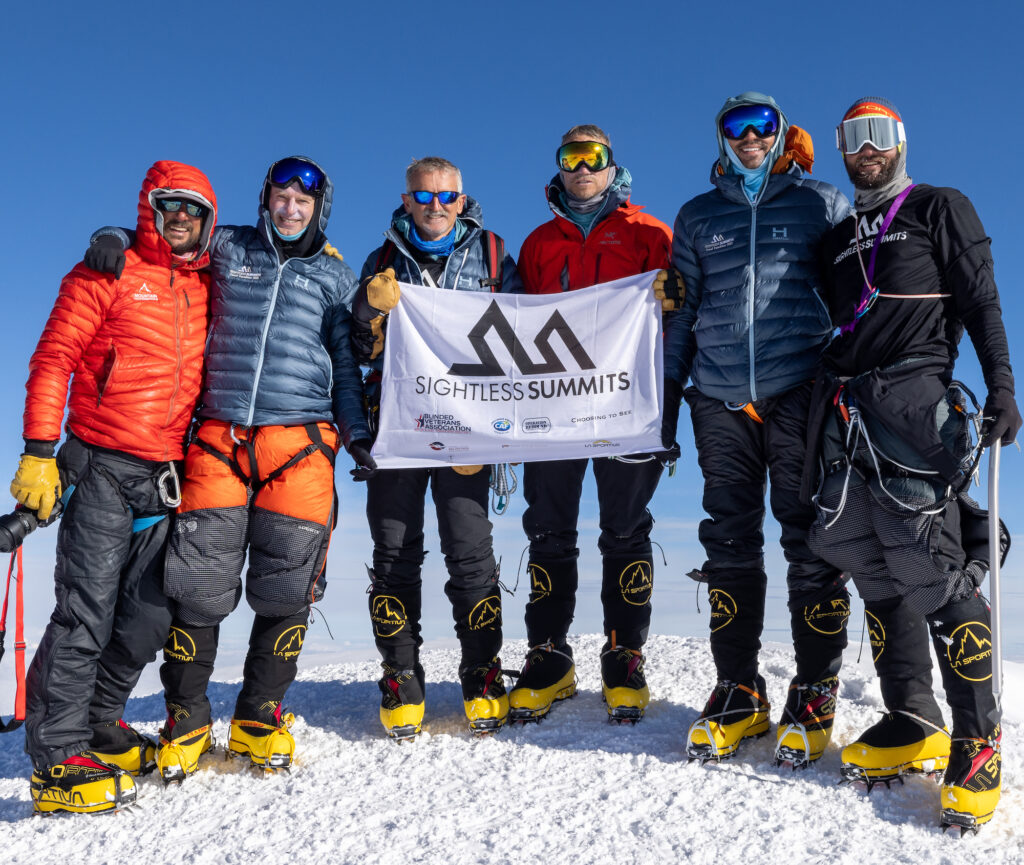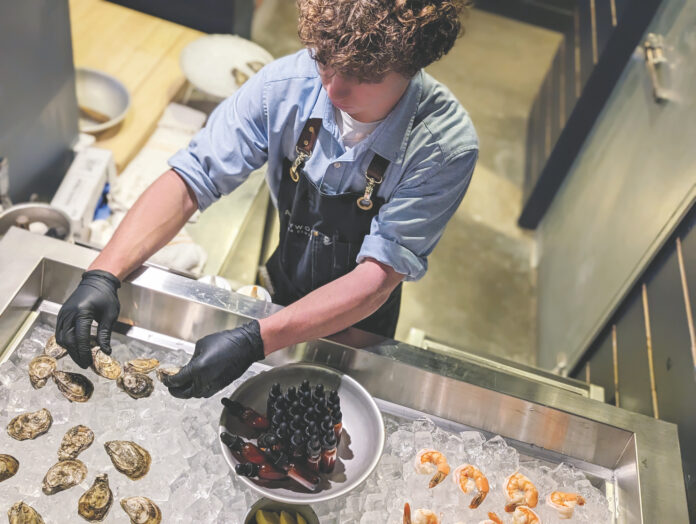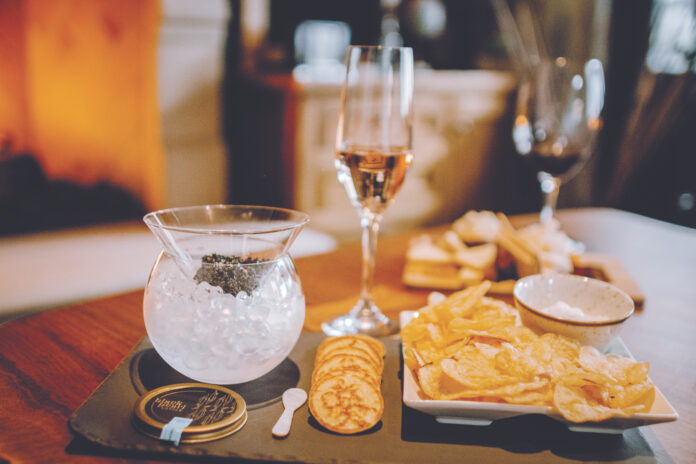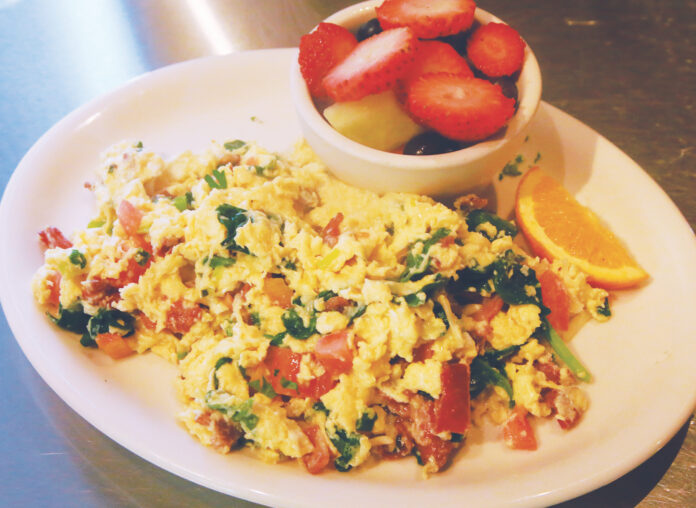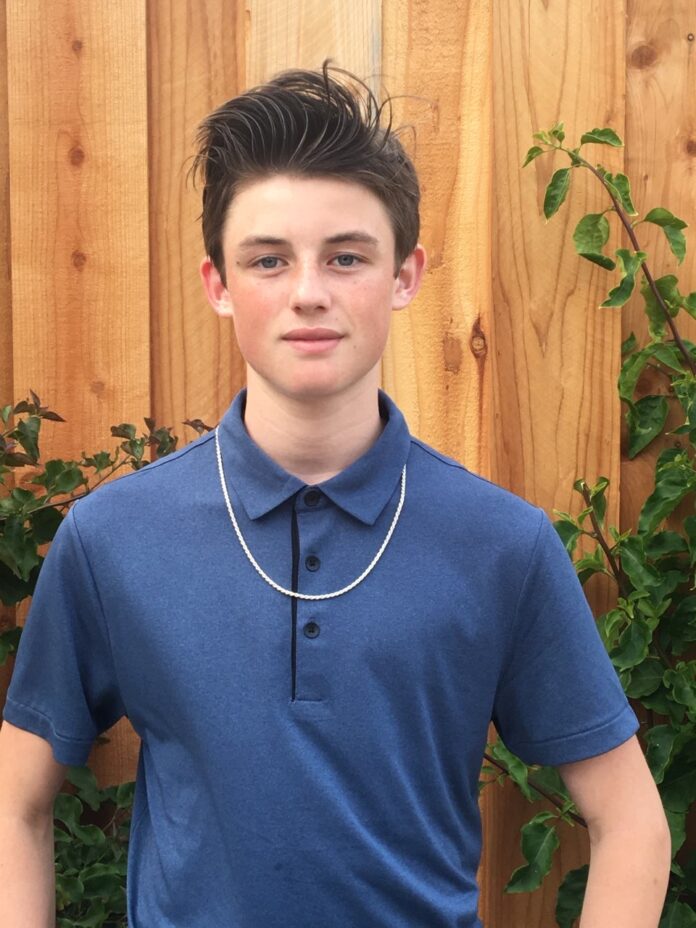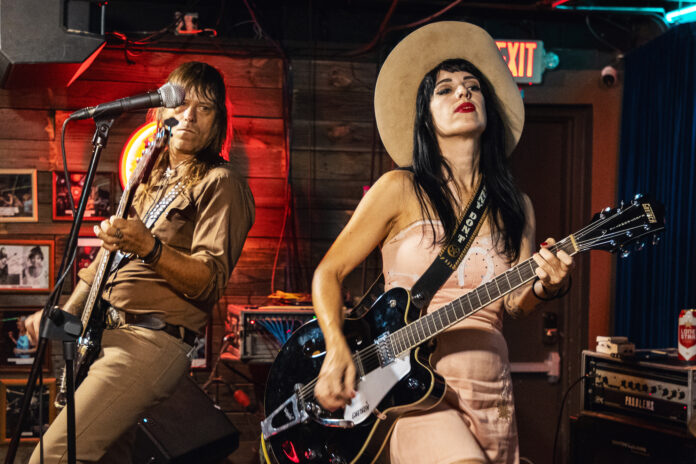ARIES (March 21-April 19): During my quest for advice that might be helpful to your love life, I plucked these words of wisdom from author Sam Kean: “Books about relationship talk about how to ‘get’ the love you need, how to ‘keep’ love and so on. But the right question to ask is, ‘How do I become a more loving human being?'” In other words, Aries, here’s a prime way to enhance your love life: Be less focused on what others can give you and more focused on what you can give to others. Amazingly, that’s likely to bring you all the love you want.
TAURUS (April 20-May 20): You have the potential to become even more skilled at the arts of kissing and cuddling and boinking than you already are. How? Here are some possibilities. 1. Explore fun experiments that will transcend your reliable old approaches to kissing and cuddling and boinking. 2. Read books to open your mind. I like Margot Anand’s The New Art of Sexual Ecstasy. 3. Ask your partner(s) to teach you everything about what turns them on. 4. Invite your subconscious mind to give you dreams at night that involve kissing and cuddling and boinking. 5. Ask your lover(s) to laugh and play and joke as you kiss and cuddle and boink.
GEMINI (May 21-June 20): You are an Italian wolf searching for food in the Apennine Mountains. You’re a red-crowned crane nesting in a wetland in the Eastern Hokkaido region of Japan. You’re an olive tree thriving in a salt marsh in southern France, and you’re a painted turtle basking in a pool of sunlight on a beach adjoining Lake Michigan. And much, much more. What I’m trying to tell you, Gemini, is that your capacity to empathize is extra strong right now. Your smart heart should be so curious and open that you will naturally feel an instinctual bond with many life forms, including a wide array of interesting humans. If you’re brave, you will allow your mind to expand to experience telepathic powers. You will have an unprecedented knack for connecting with simpatico souls.
CANCER (June 21-July 22): My Cancerian friend Juma says, “We have two choices at all times: creation or destruction. Love creates and everything else destroys.” Do you agree? She’s not just talking about romantic love, but rather love in all forms, from the urge to help a friend, to the longing to seek justice for the dispossessed, to the compassion we feel for our descendants. During the next three weeks, your assignment is to explore every nuance of love as you experiment with the following hypothesis: To create the most interesting and creative life for yourself, put love at the heart of everything you do.
LEO (July 23-Aug. 22): I hope you get ample chances to enjoy deep soul kisses in the coming weeks. Not just perfunctory lip-to-lip smooches and pecks on the cheeks, but full-on intimate sensual exchanges. Why do I recommend this? How could the planetary positions be interpreted to encourage a specific expression of romantic feeling? I’ll tell you, Leo: The heavenly omens suggest you will benefit from exploring the frontiers of wild affection. You need the extra sweet, intensely personal communion that comes best from the uninhibited mouth-to-mouth form of tender sharing. Here’s what Leo poet Diane di Prima said: “There are as many kinds of kisses as there are people on earth, as there are permutations and combinations of those people. No two people kiss alike—no two people fuck alike—but somehow the kiss is more personal, more individualized than the fuck.”
VIRGO (Aug. 23-Sept. 22): Borrowing the words of poet Oriah from her book The Dance: Moving to the Deep Rhythms of Your Life, I’ve prepared a love note for you to use as your own this Valentine season. Feel free to give these words to the person whose destiny needs to be woven more closely together with yours. Oriah writes, “Don’t tell me how wonderful things will be someday. Show me you can risk being at peace with the way things are right now. Show me how you follow your deepest desires, spiraling down into the ache within the ache. Take me to the places on the earth that teach you how to dance, the places where you can risk letting the world break your heart.”
LIBRA (Sept. 23-Oct. 22): Libran author Walter Lippman wrote, “The emotion of love is not self-sustaining; it endures only when lovers love many things together, and not merely each other.” That’s great advice for you during the coming months. I suggest that you and your allies—not just your romantic partners, but also your close companions—come up with collaborative projects that inspire you to love many things together. Have fun exploring and researching subjects that excite and awaken and enrich both of you.
SCORPIO (Oct. 23-Nov. 21): Scorpio writer Paul Valéry wrote, “It would be impossible to love anyone or anything one knew completely. Love is directed towards what lies hidden in its object.” My challenge to you, Scorpio, is to test this hypothesis. Do what you can to gain more in-depth knowledge of the people and animals and things you love. Uncover at least some of what’s hidden. All the while, monitor yourself to determine how your research affects your affection and care. Contrary to what Valéry said, I’m guessing this will enhance and exalt your love.
SAGITTARIUS (Nov. 22-Dec. 21): In his book Unapologetically You, motivational speaker Steve Maraboli writes, “I find the best way to love someone is not to change them, but instead, help them reveal the greatest version of themselves.” That’s always good advice, but I believe it should be your inspirational axiom in the coming weeks. More than ever, you now have the potential to forever transform your approach to relationships. You can shift away from wanting your allies to be different from what they are and make a strong push to love them just as they are.
CAPRICORN (Dec. 22-Jan. 19): I analyzed the astrological omens. Then I scoured the internet, browsed through 22 books of love poetry and summoned memories of my best experiences of intimacy. These exhaustive efforts inspired me to find the words of wisdom that are most important for you to hear right now. They are from poet Rainer Maria Rilke (translated by Stephen Mitchell): “For one human being to love another human being: that is perhaps the most difficult task that has been entrusted to us, the ultimate task, the final test and proof, the work for which all other work is merely preparation.”
AQUARIUS (Jan. 20-Feb. 18): To get the most out of upcoming opportunities for intimacy, intensify your attunement to and reverence for your emotions. Why? As quick and clever as your mind can be, sometimes it neglects to thoroughly check in with your heart. And I want your heart to be wildly available when you get ripe chances to open up and deepen your alliances. Study these words from psychologist Carl Jung: “We should not pretend to understand the world only by the intellect; we apprehend it just as much by feeling. Therefore, the judgment of the intellect is, at best, only the half of truth, and must, if it be honest, also come to an understanding of its inadequacy.”
PISCES (Feb. 19-March 20): “In love there are no vacations. Love has to be lived fully with its boredom and all that.” Author and filmmaker Marguerite Duras made that observation, and now I convey it to you—just in time for a phase of your astrological cycle when boredom and apathy could and should evolve into renewed interest and revitalized passion. But there is a caveat: If you want the interest and passion to rise and surge, you will have to face the boredom and apathy; you must accept them as genuine aspects of your relationship; you will have to cultivate an amused tolerance of them. Only then will they burst in full glory into renewed interest and revitalized passion.
Homework: Name one thing you could do to express your love more practically. Newsletter.FreeWillAstrology.com



